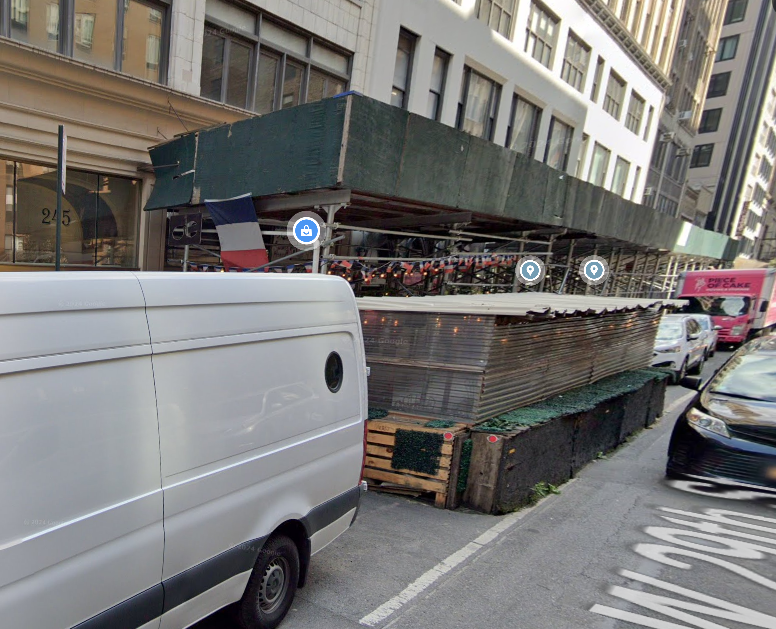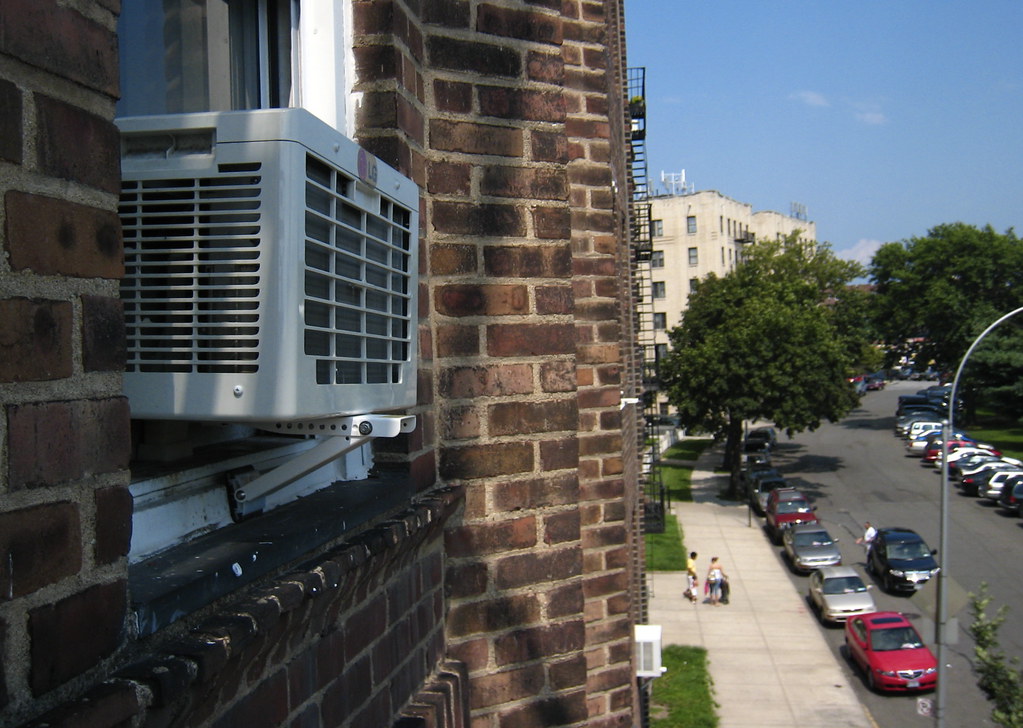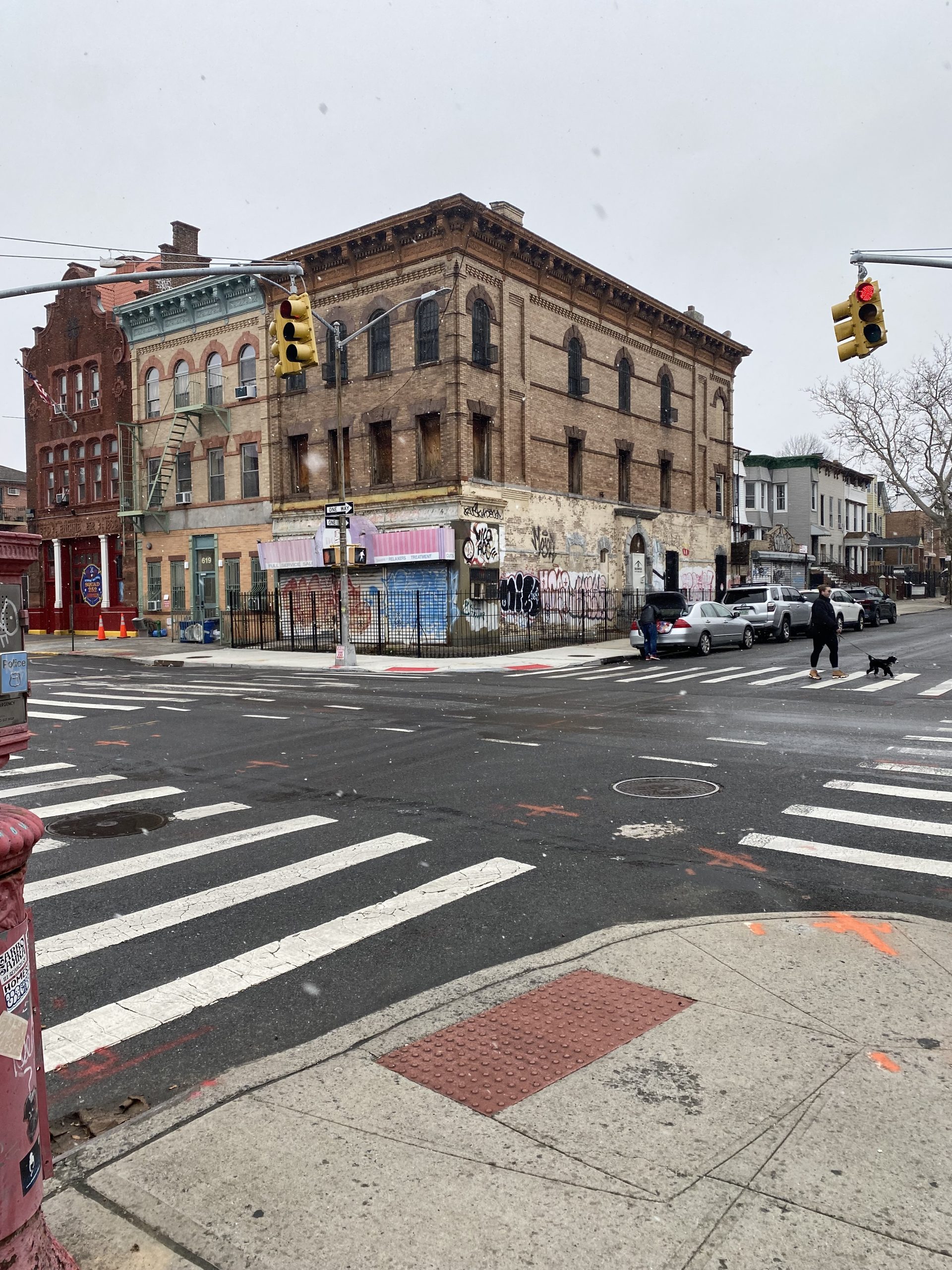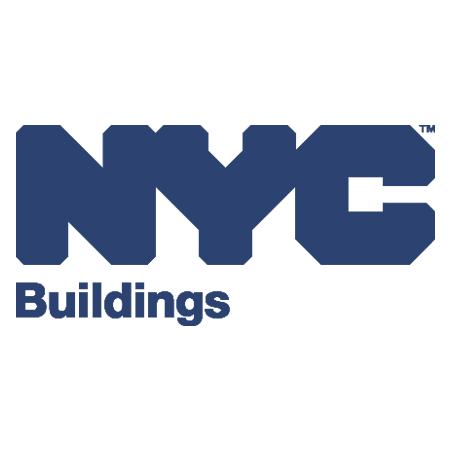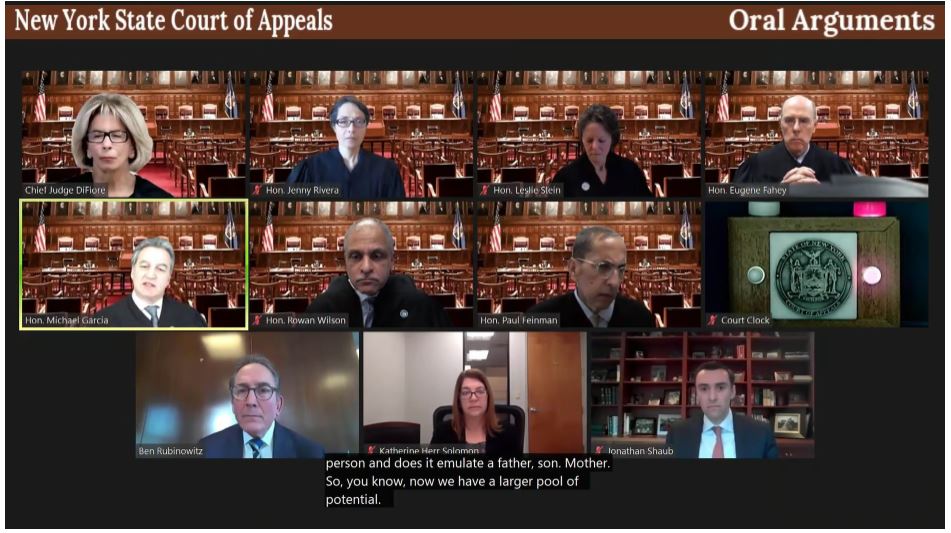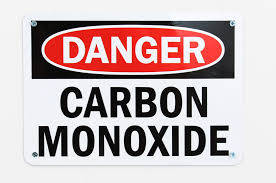When Natural Forces Collide With Infrastructure: Yonkers Building Collapse Highlights Risks for Businesses Near Rock Outcroppings
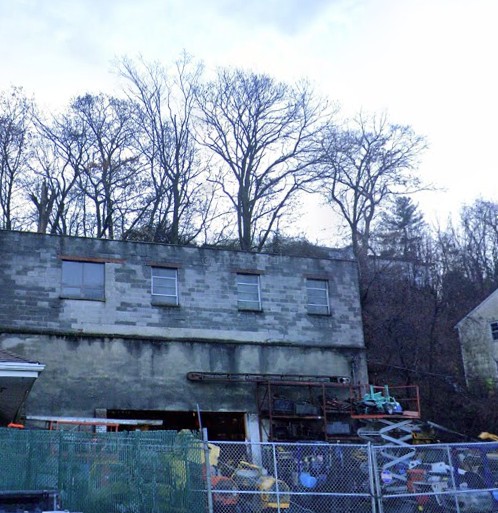 Last night in Yonkers, New York, a massive boulder dislodged from a hillside and crashed into a two-story commercial building on Saw Mill River Road, causing a structural collapse and fuel spill. Fortunately, no injuries were reported, but the damage underscores the real and often overlooked dangers of placing buildings in close proximity to unstable terrain. As New York building collapse attorneys, we’re paying close attention to the implications.
Last night in Yonkers, New York, a massive boulder dislodged from a hillside and crashed into a two-story commercial building on Saw Mill River Road, causing a structural collapse and fuel spill. Fortunately, no injuries were reported, but the damage underscores the real and often overlooked dangers of placing buildings in close proximity to unstable terrain. As New York building collapse attorneys, we’re paying close attention to the implications.
The Collapse: What Happened?
The building, owned by Peterson Tool Rental—a trusted local business since 1953—was used to store heavy construction equipment such as Bobcats. Around 7 a.m. on Monday, first responders discovered that the southern portion of the building had completely collapsed after a boulder tore through the rear wall overnight. Officials suspect recent rainstorms loosened the hillside, dislodging the boulder embedded in the slope above the property.
 New York Personal Injury Attorneys Blog
New York Personal Injury Attorneys Blog


